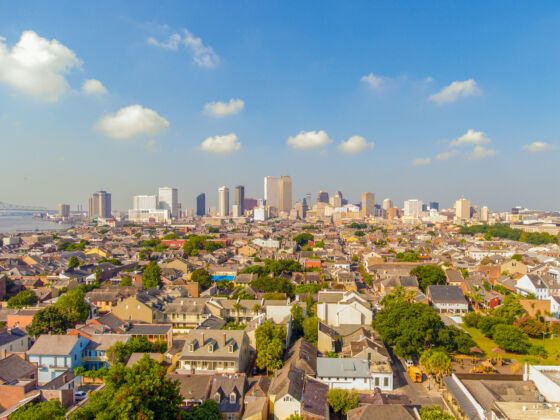A study released by Climate Central confirmed something you likely already intuitively know: cities are hot. In warm weather, cities can actually feel a lot hotter than nearby suburban or rural areas.
What the study by Climate Central, an organization of scientists and journalists who research and relay the effects of climate change, also shows is that some urban areas are much hotter than others. As temperatures rise and summer highs bring more record-breaking heat waves, it turns out not all cities are prepared to handle the extreme heat. And the results can be deadly.
